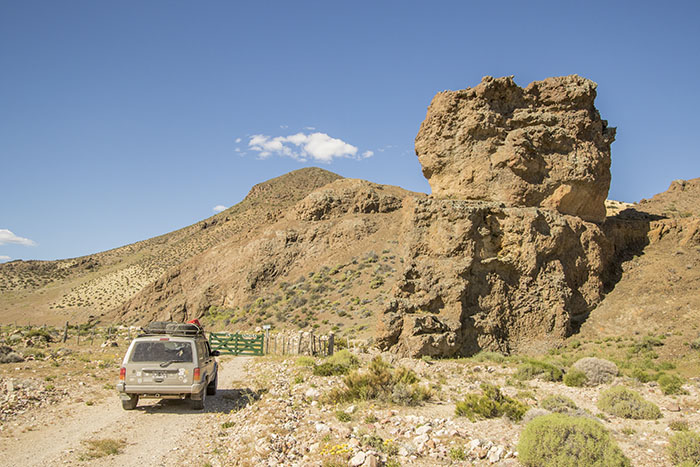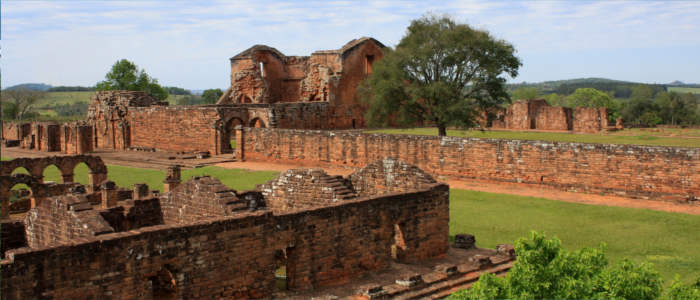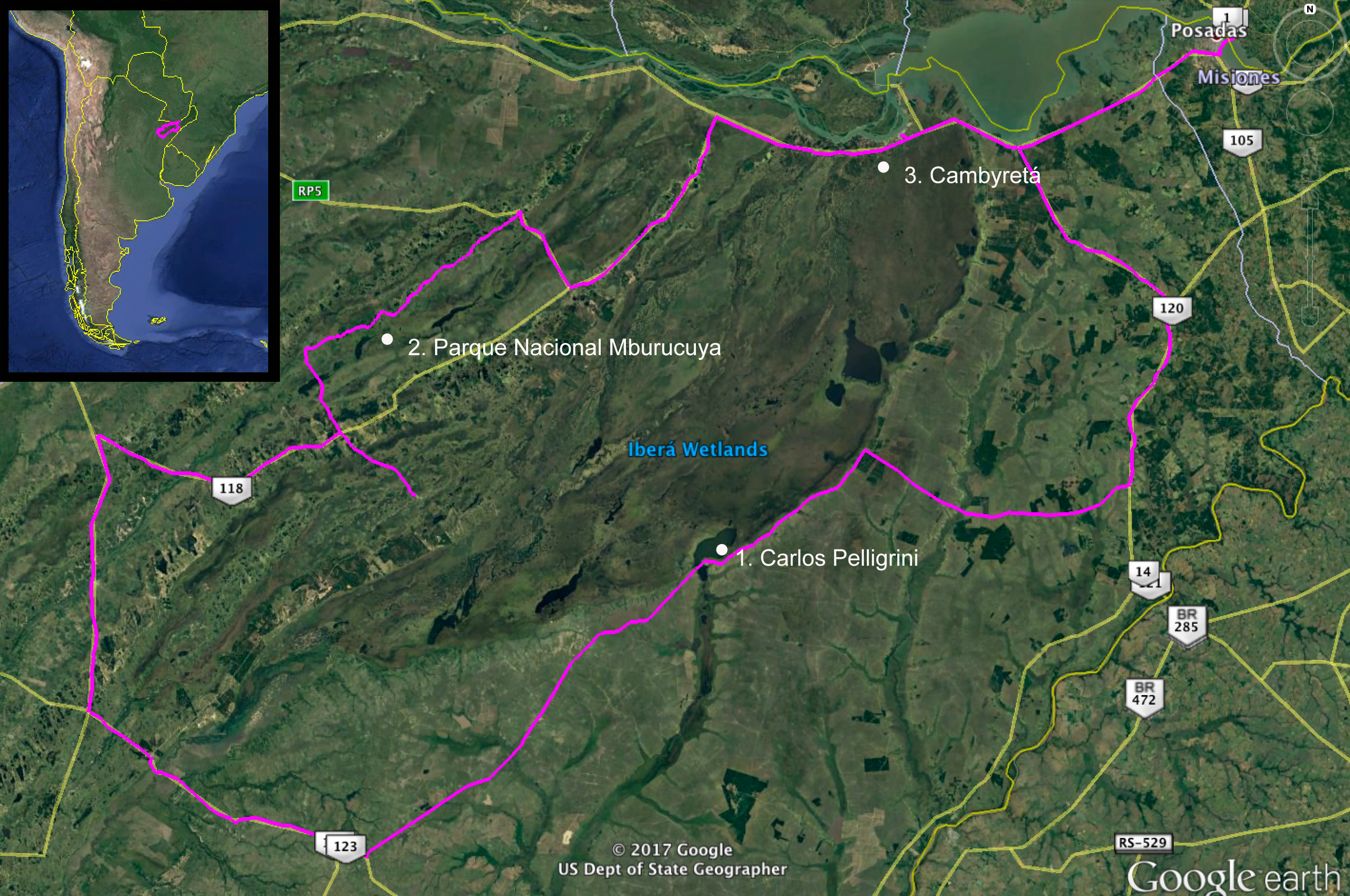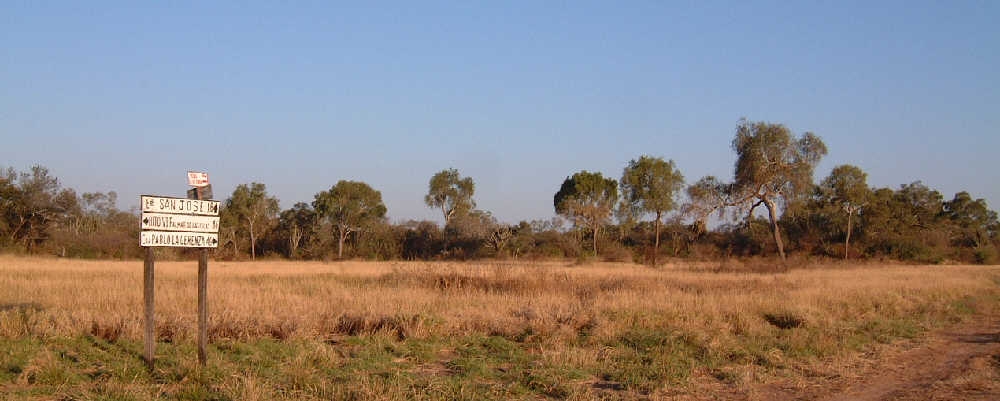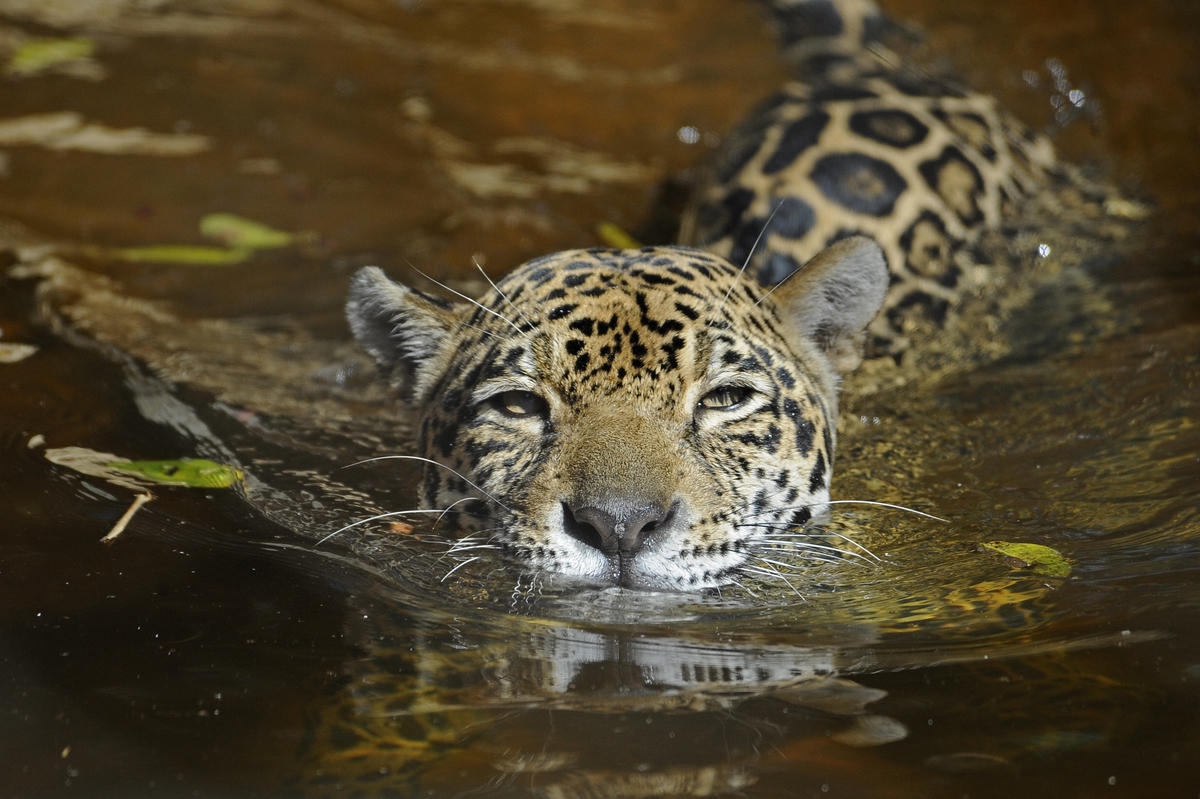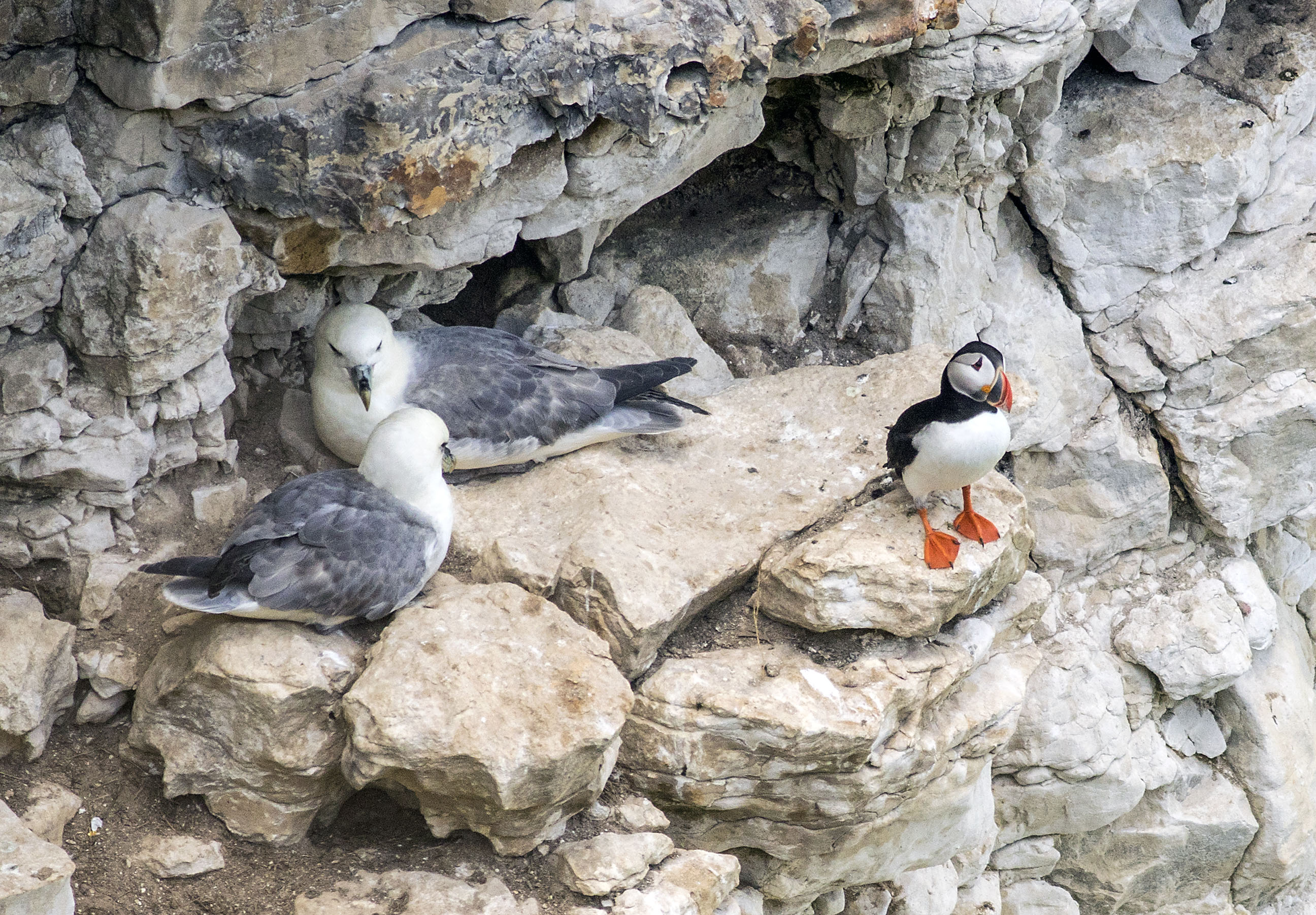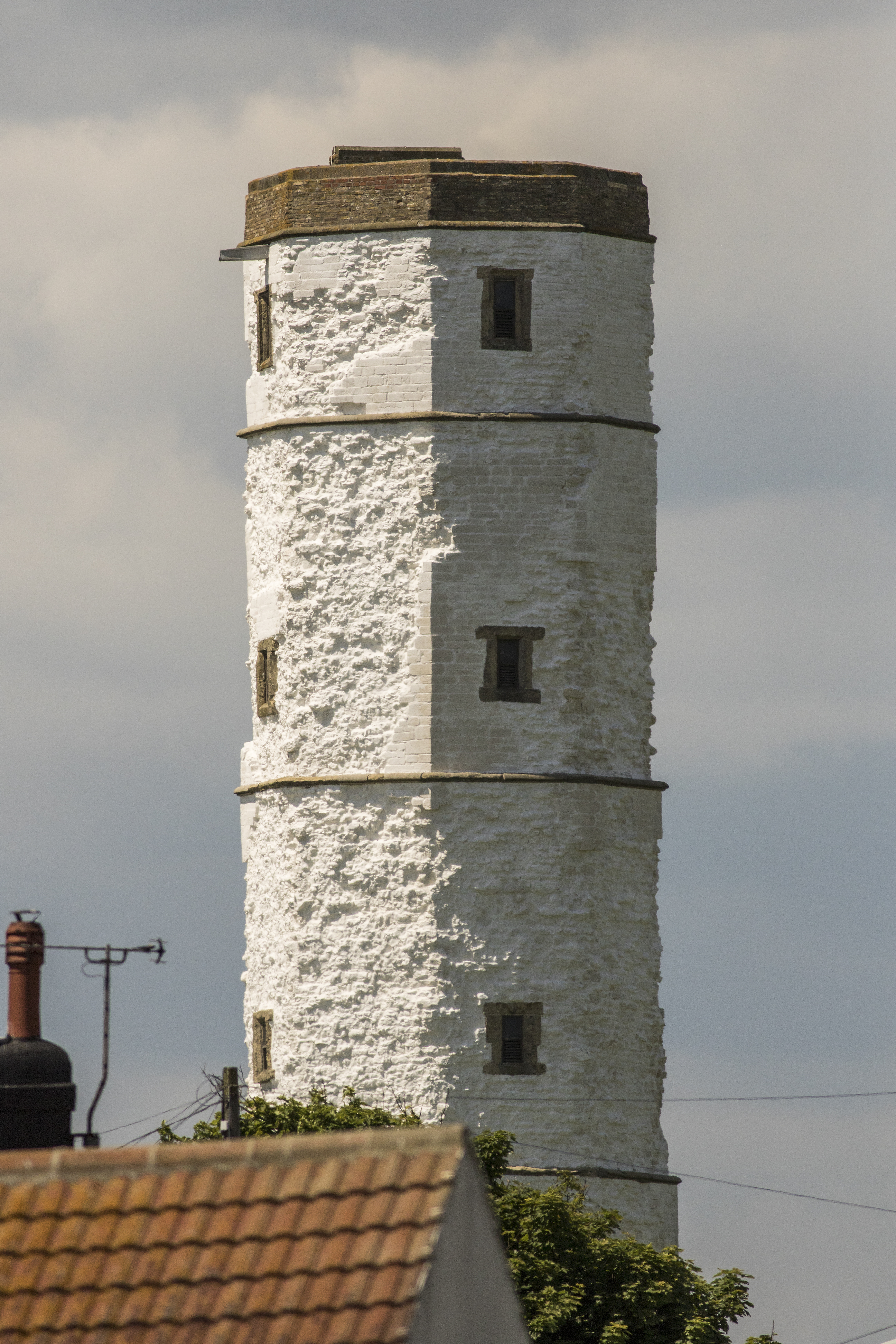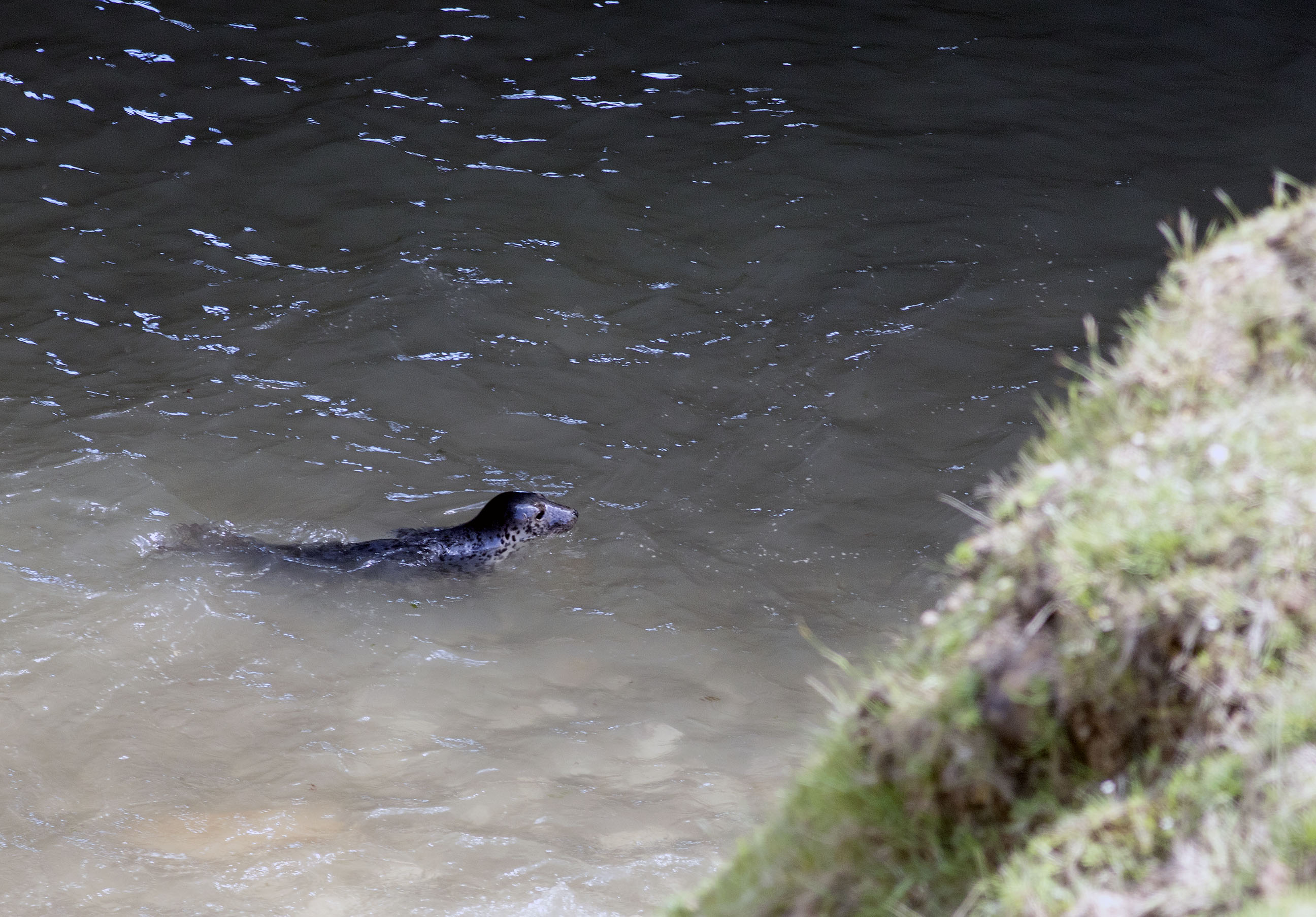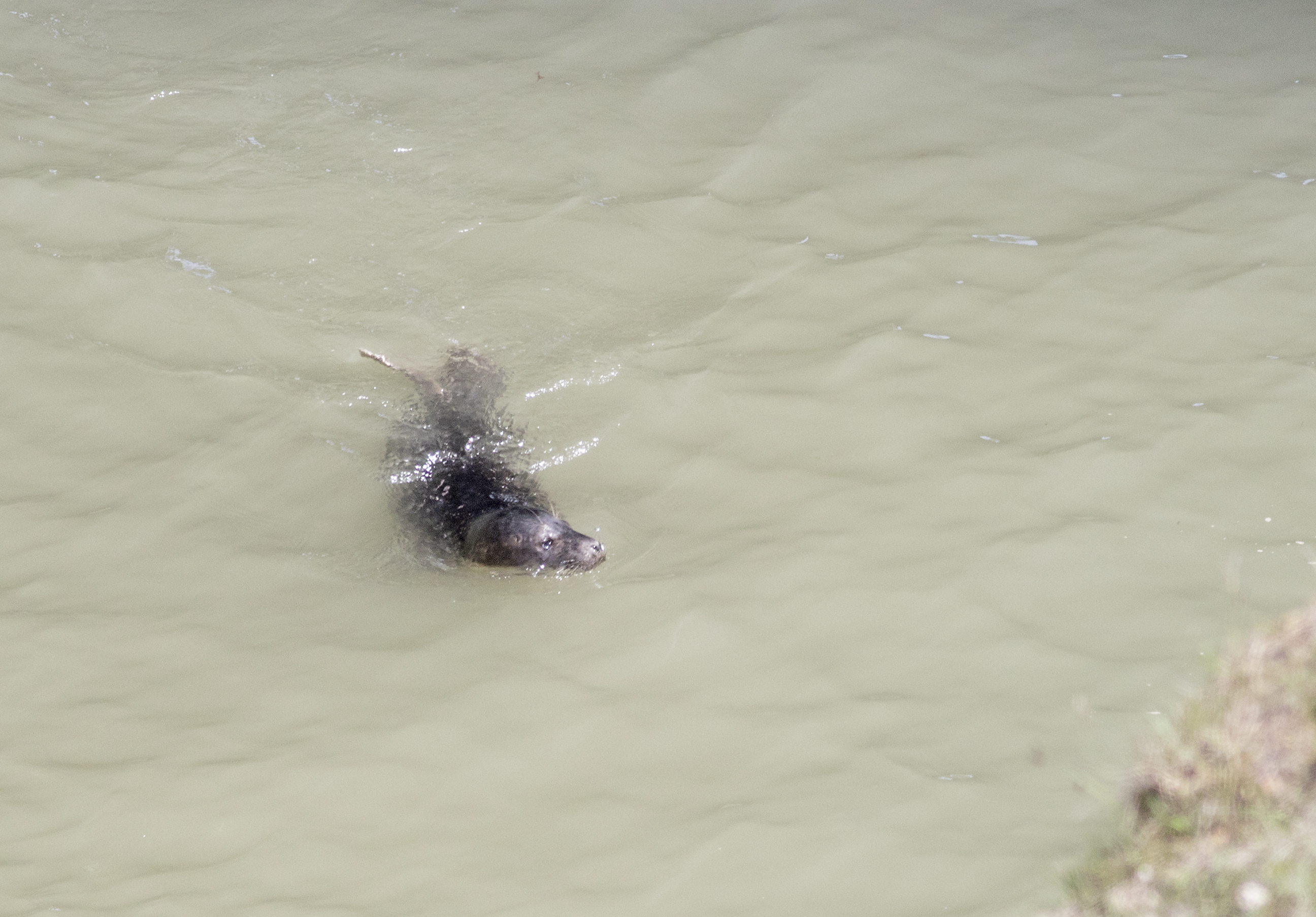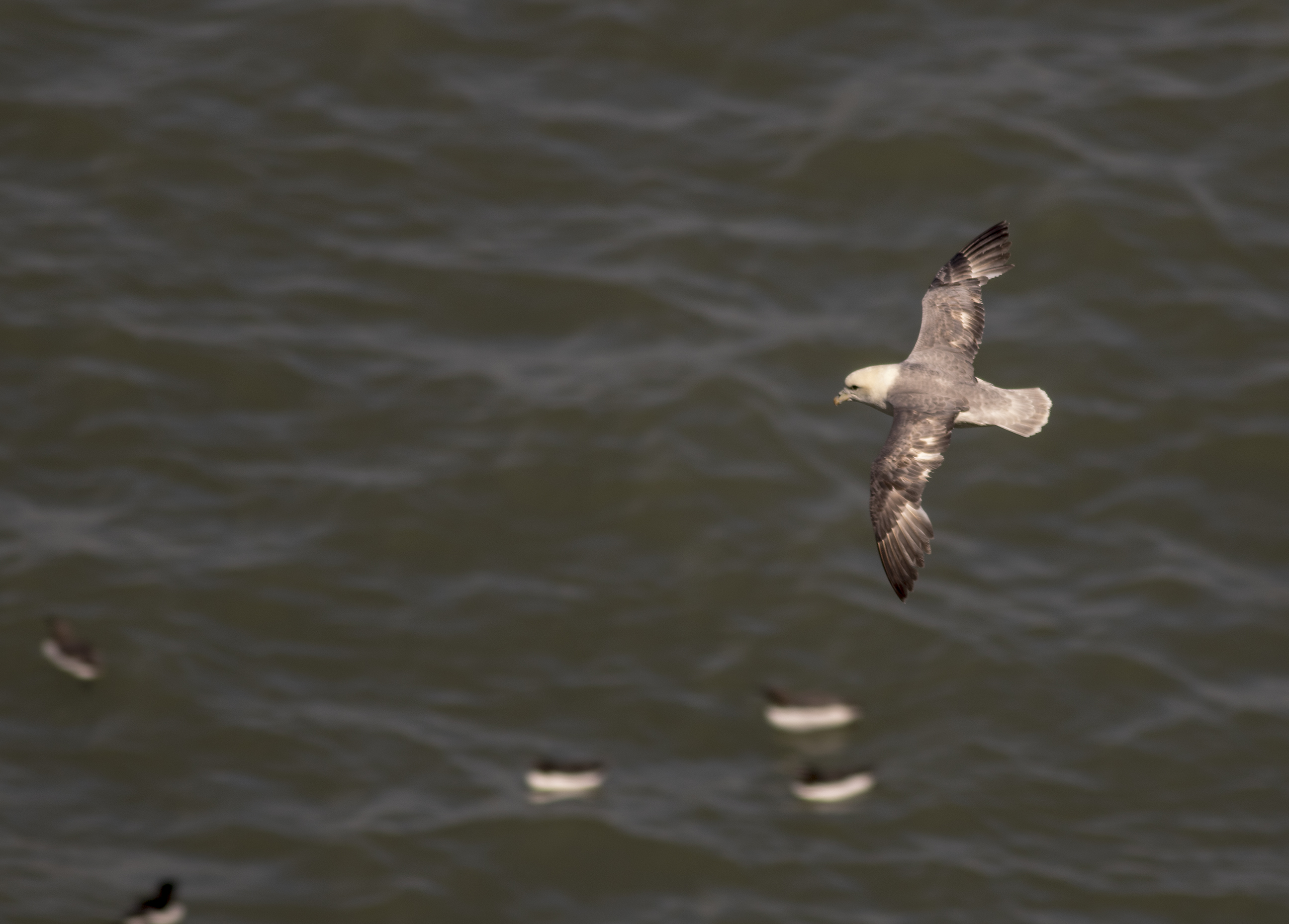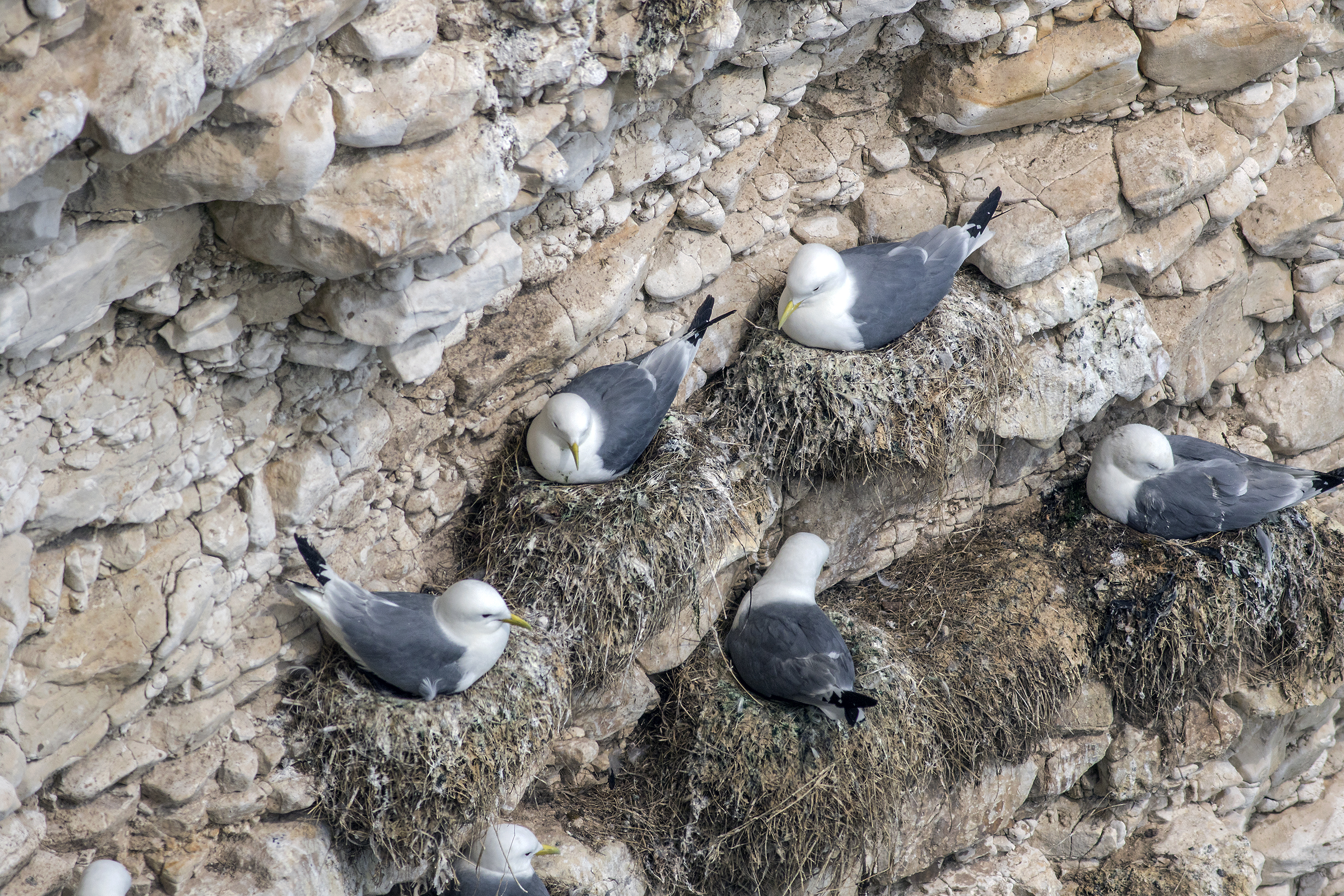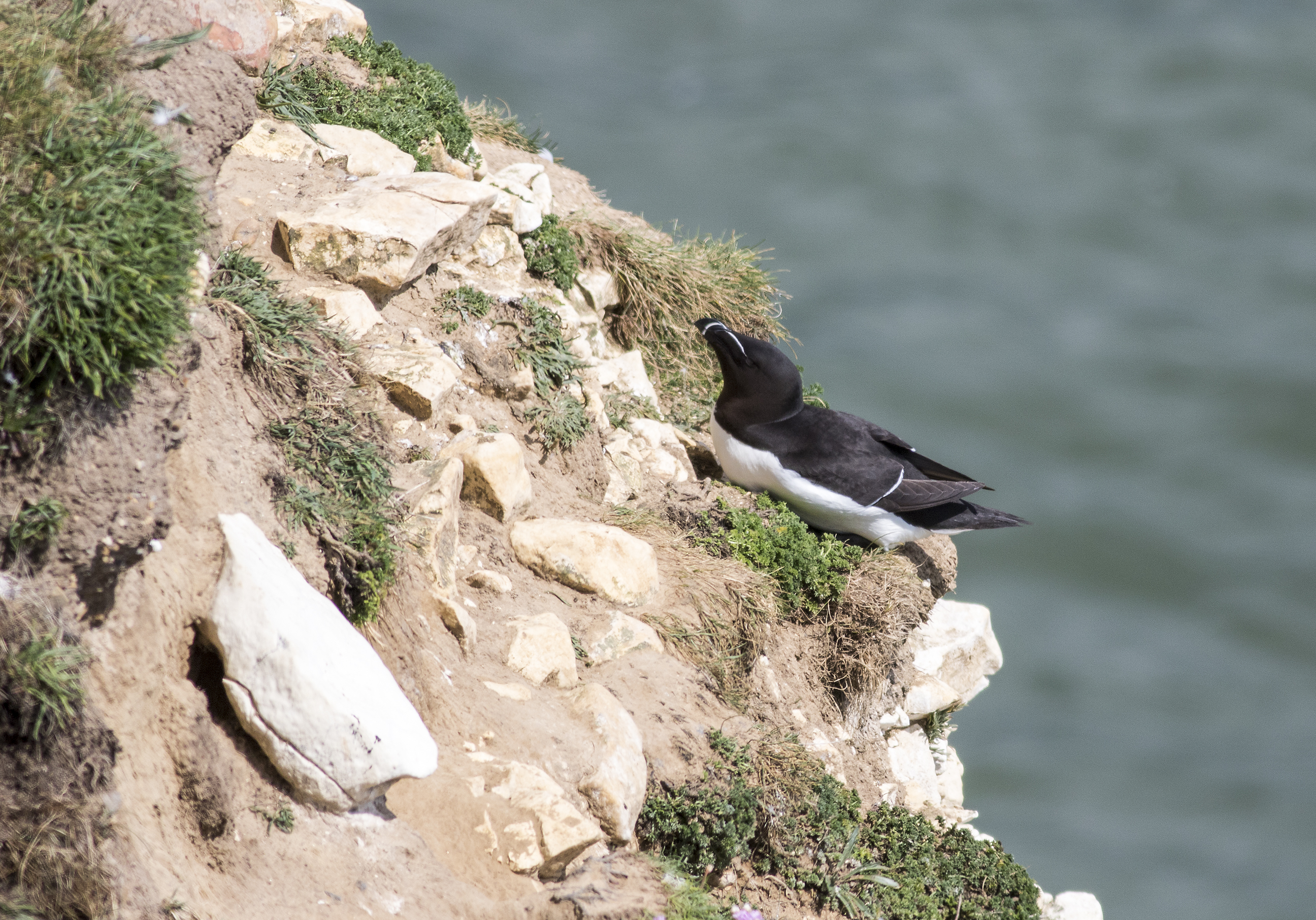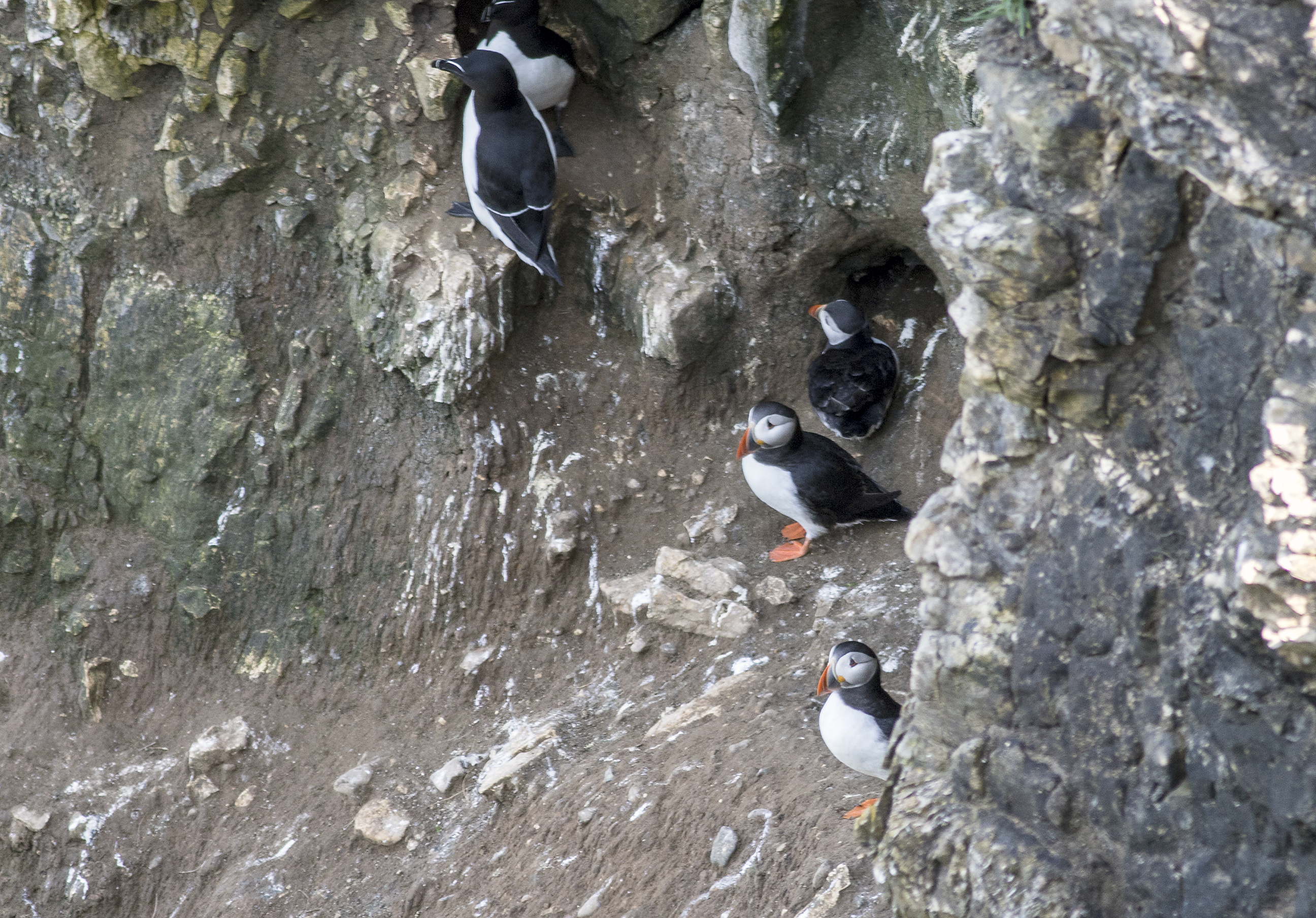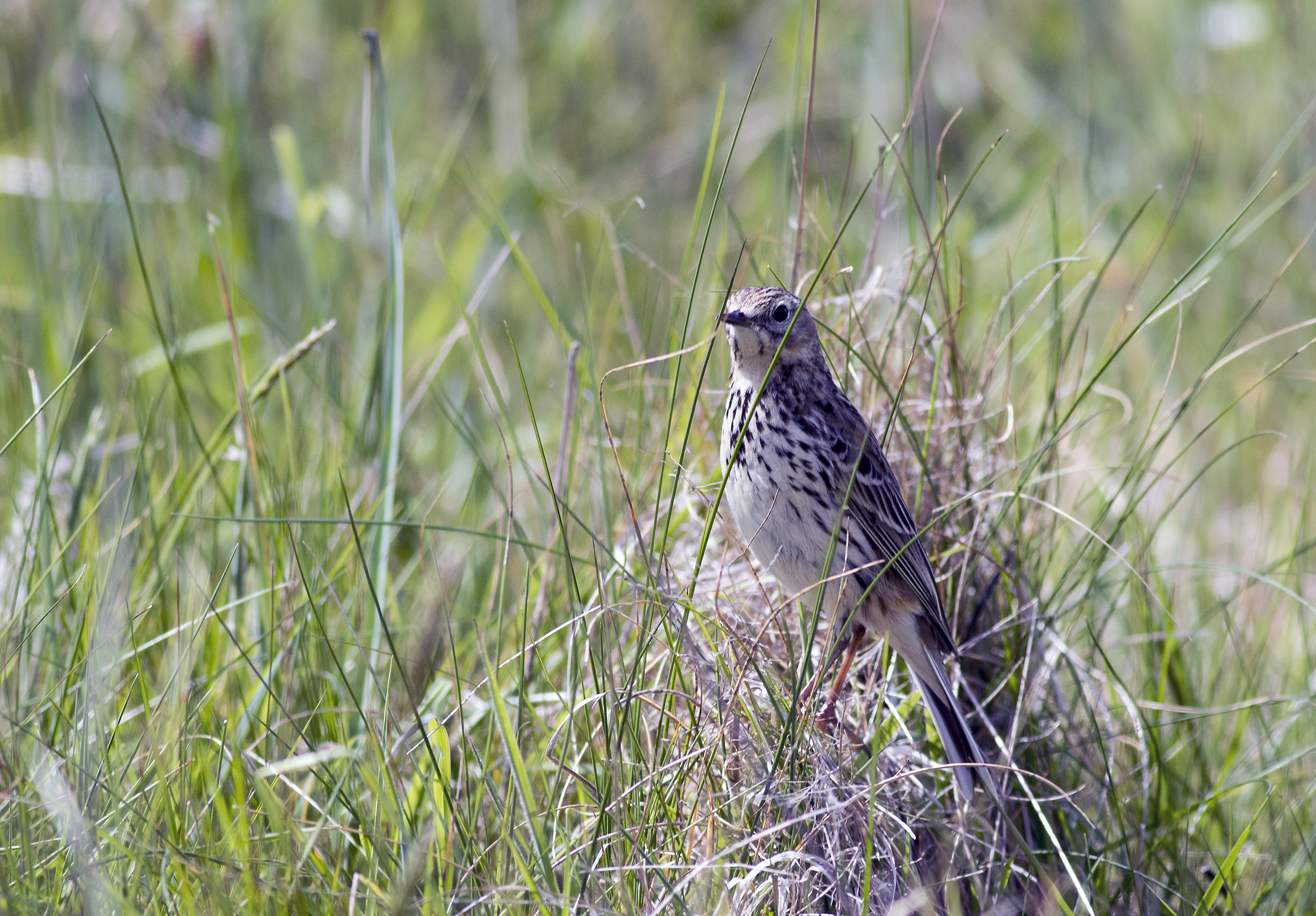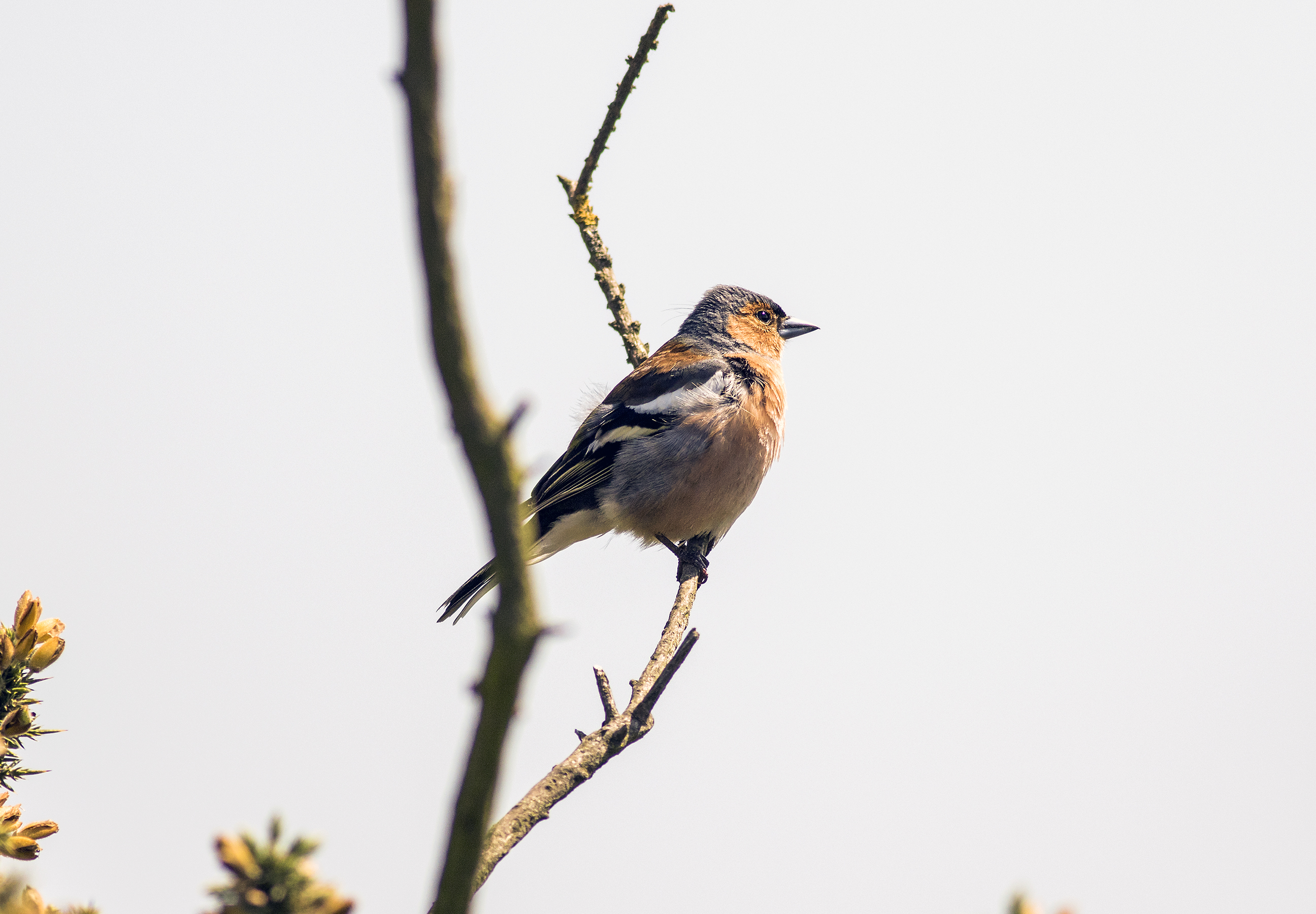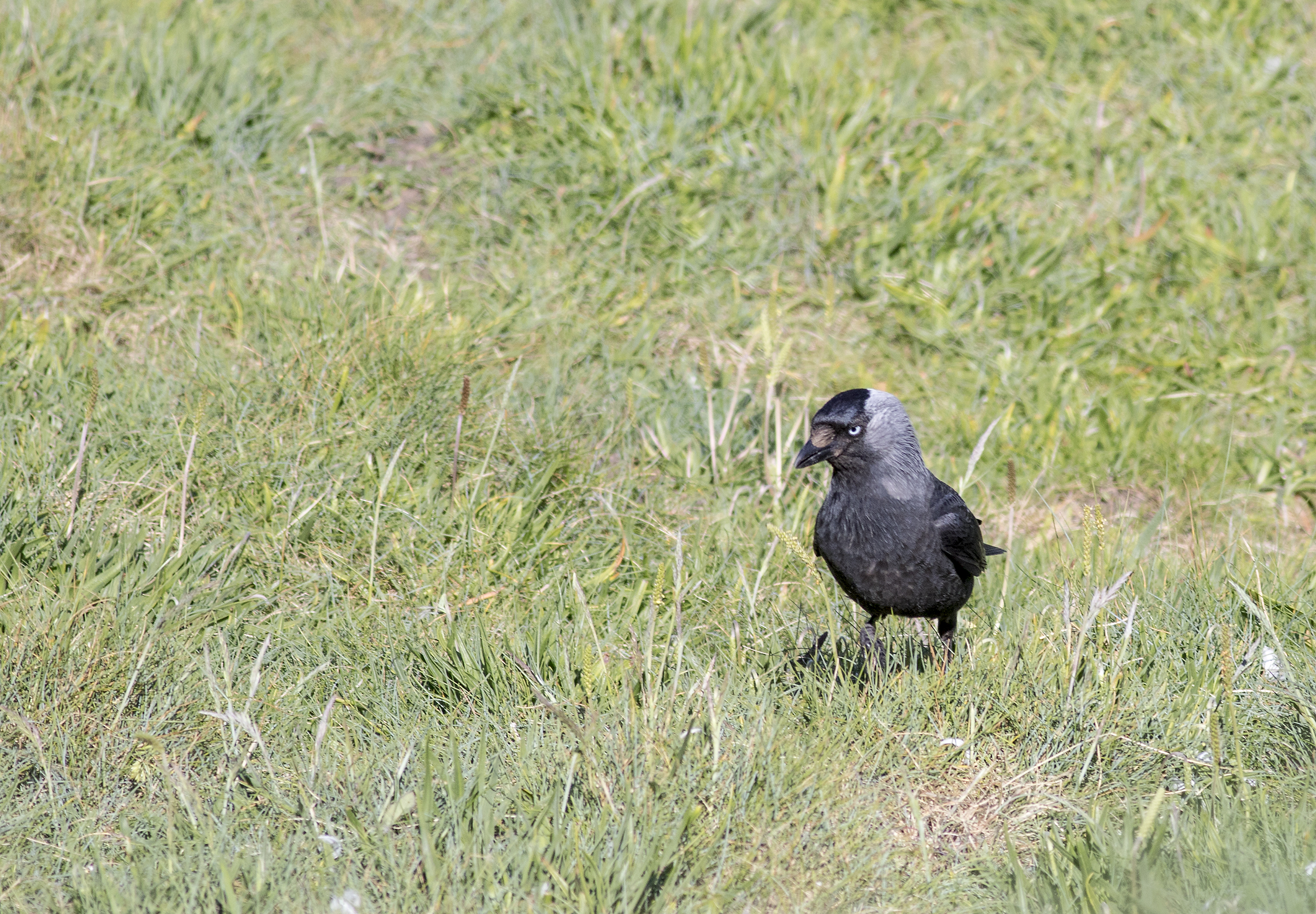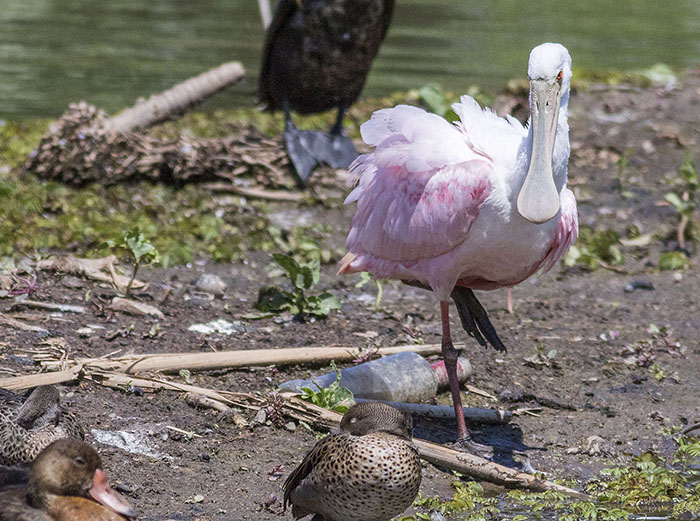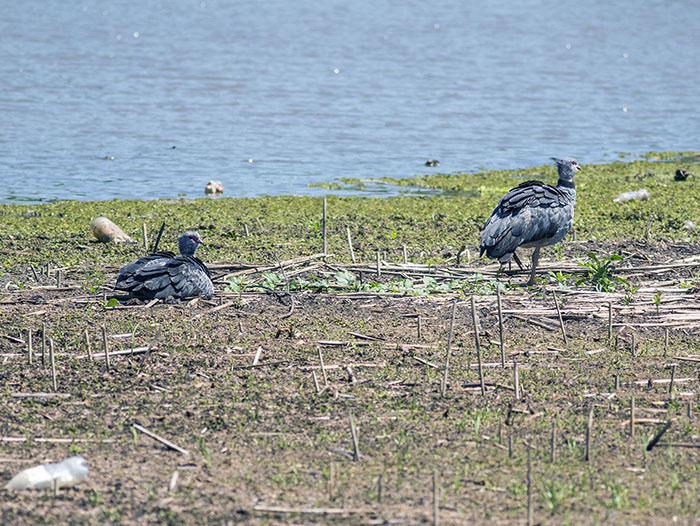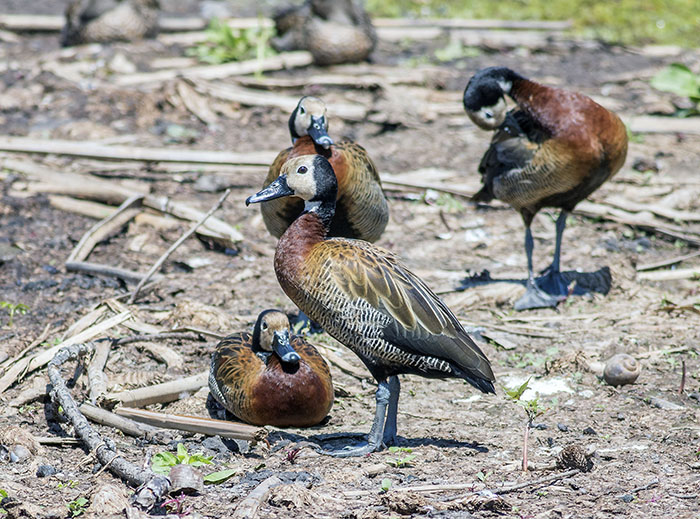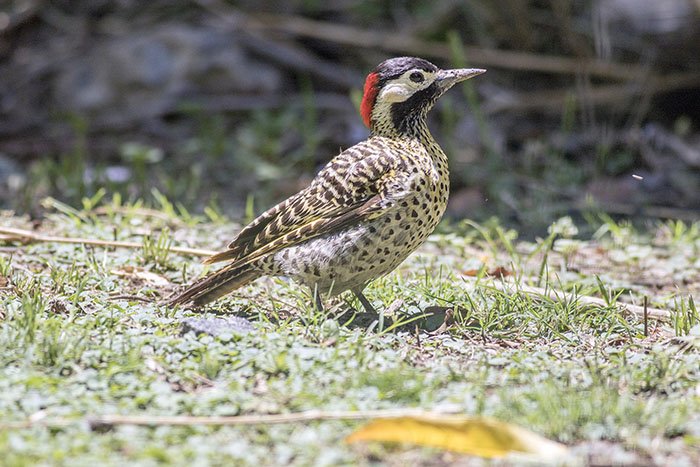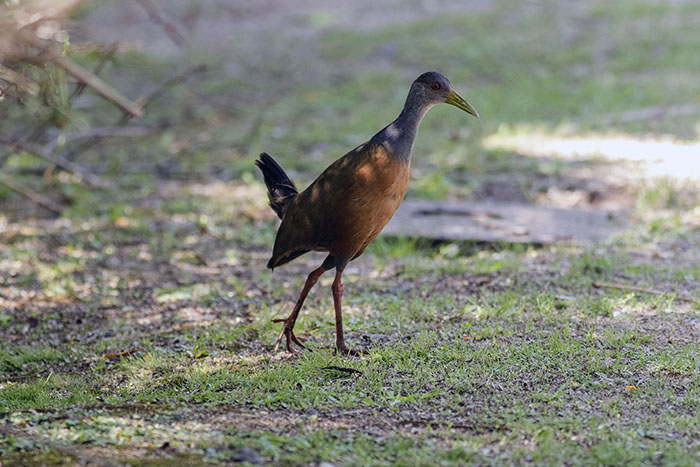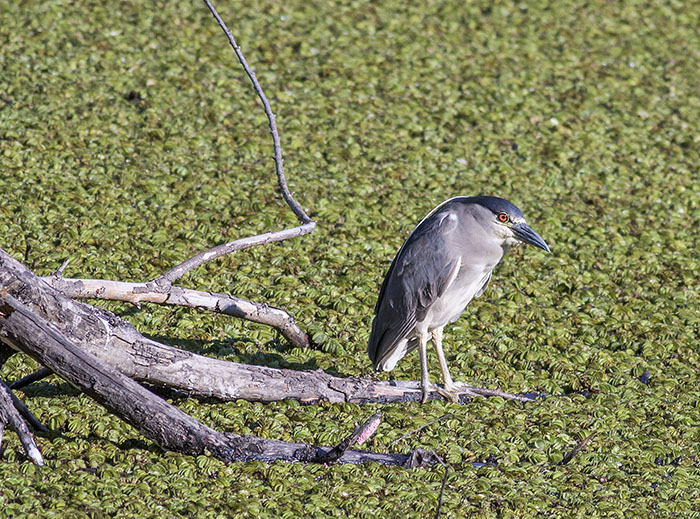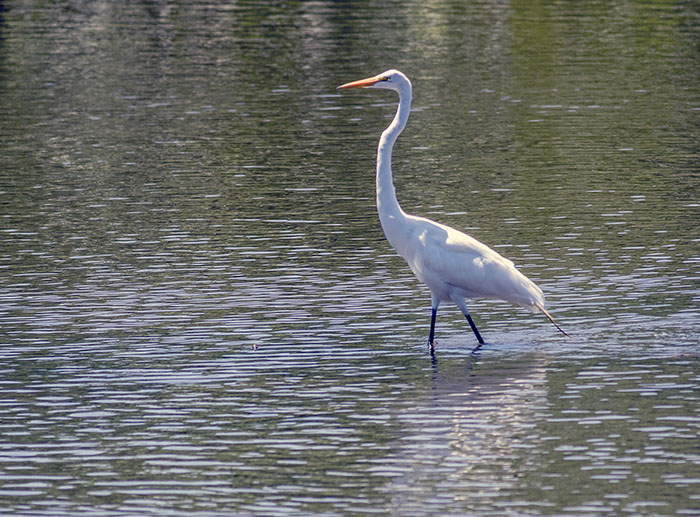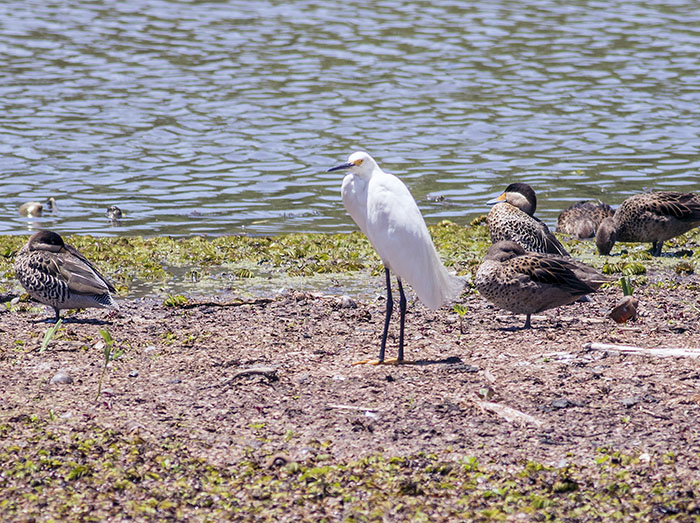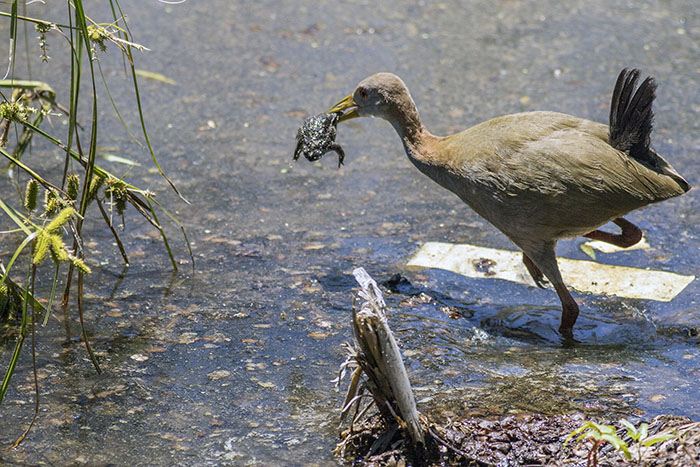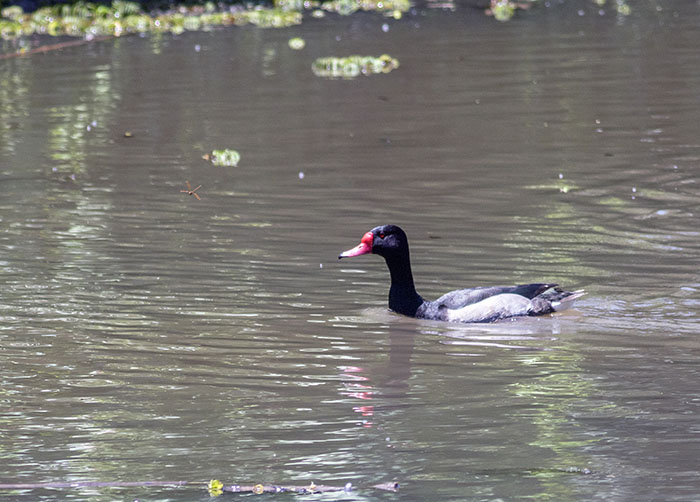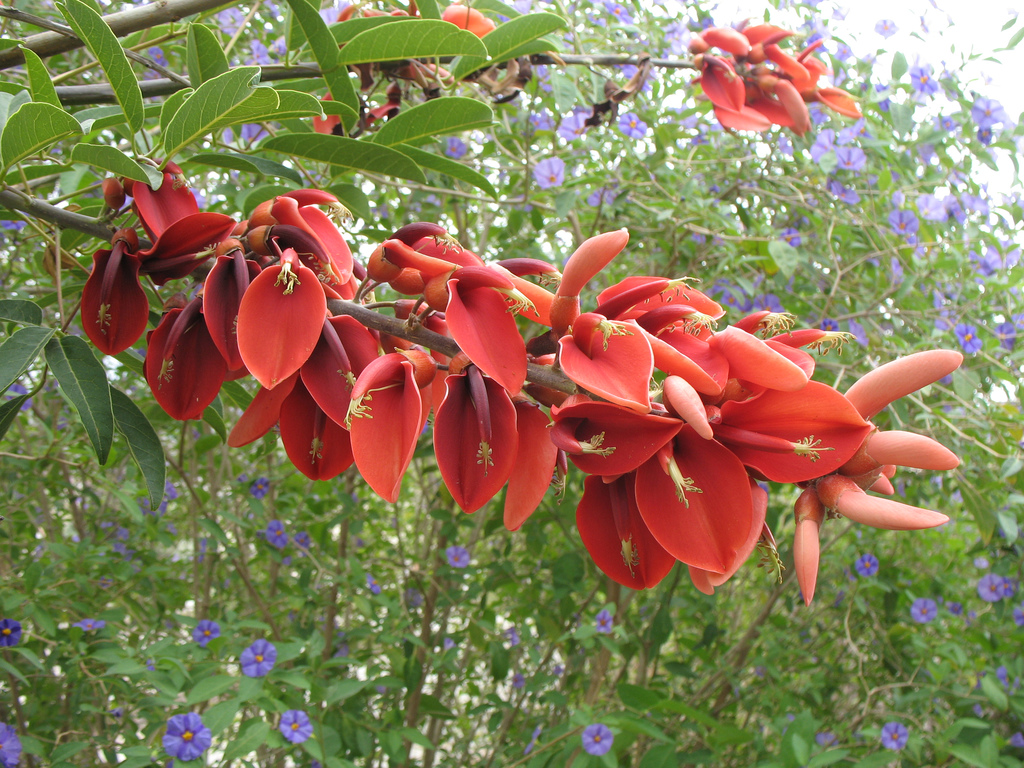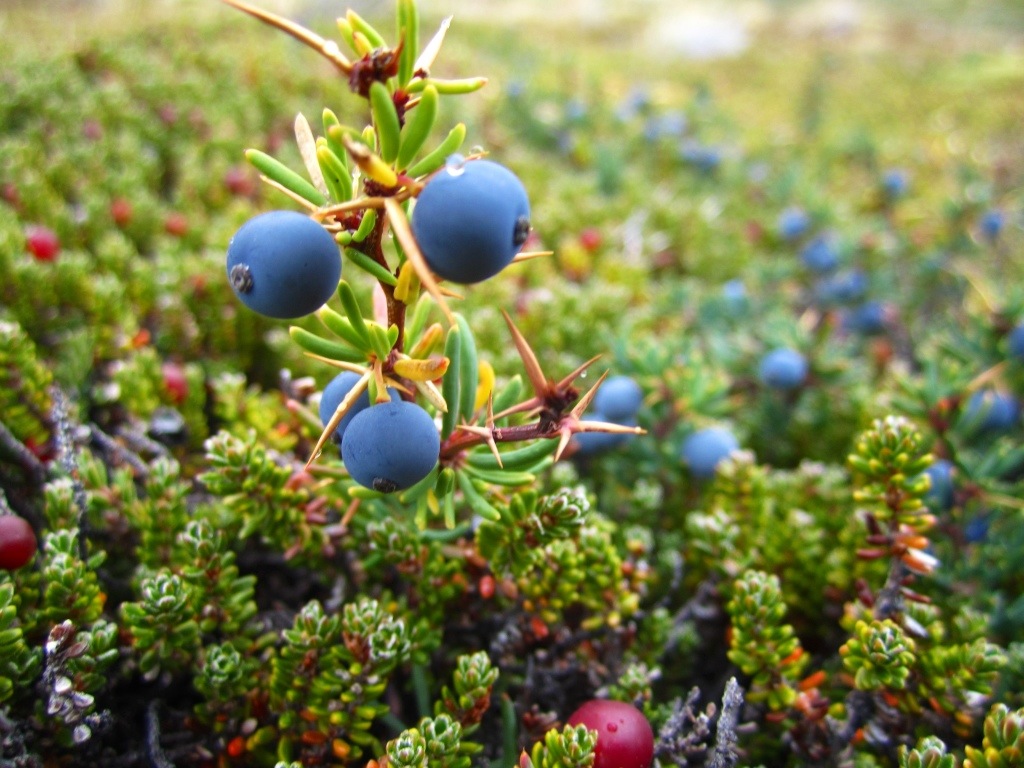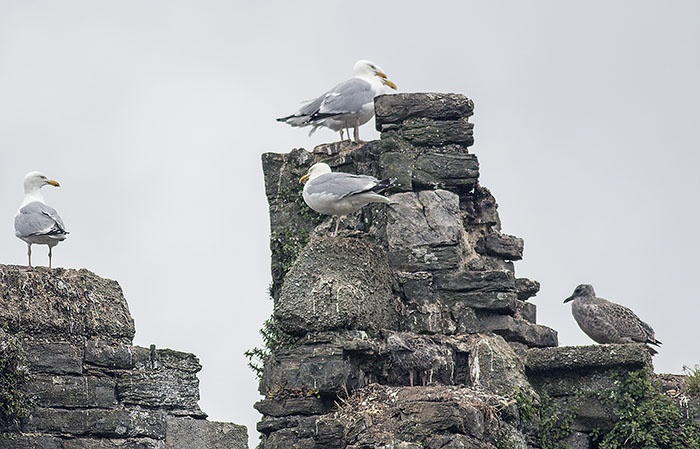
Herring gulls on the battlements of Beaumaris Castle
Finally set off for a birding trip to Anglesey with my friend Mags, after a couple of aborted attempts owing to poor weather. In fact it didn’t look that great as we left, but it turned out fine, and we completed our mission of visiting Puffin Island (by boat) and South Stack, seeing birds, wild [land-based] mammals (a hare and a rabbit) and marine life (seals, porpoises and [bottlenose] dolphins. A great day.
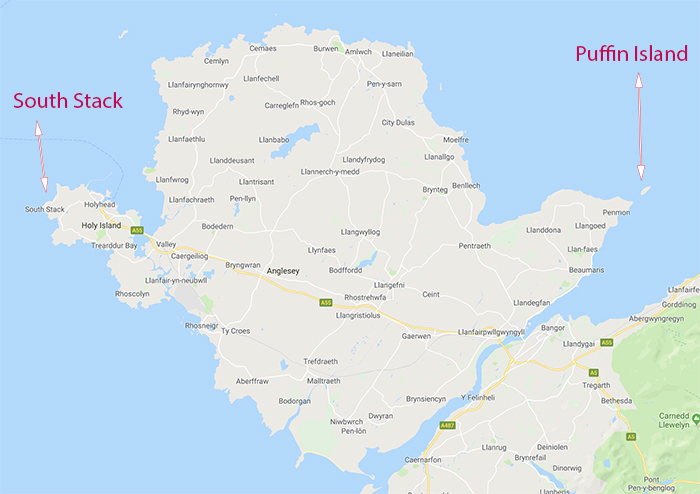
The two points we visited are on opposite sides of Anglesey
Our first point of call was Beaumaris, where Mags sussed out some of the shops while I wandered along the promenade. I expected to see gulls ands oyster catchers, but was surprised to see shelducks (apparently common there) and even a little egret wading in the sea water.
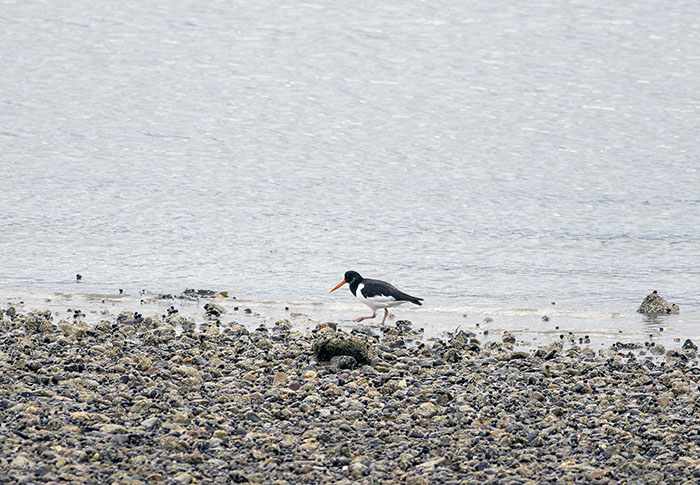
Oyster catcher on the shore at Beaumaris
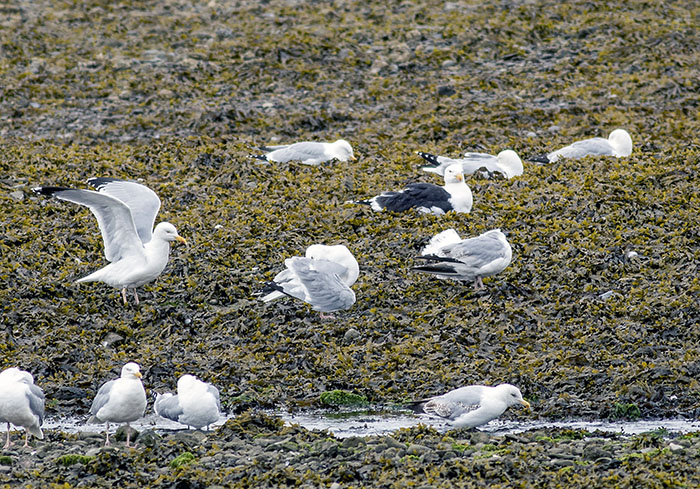
Black sheep of the family? Black-backed gull, surrounded by Herring gulls.
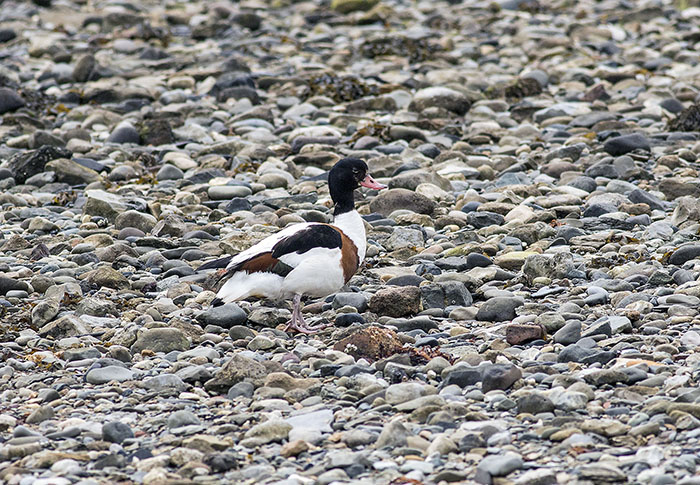
Unexpected shelduck, apparently quite common in Beaumaris
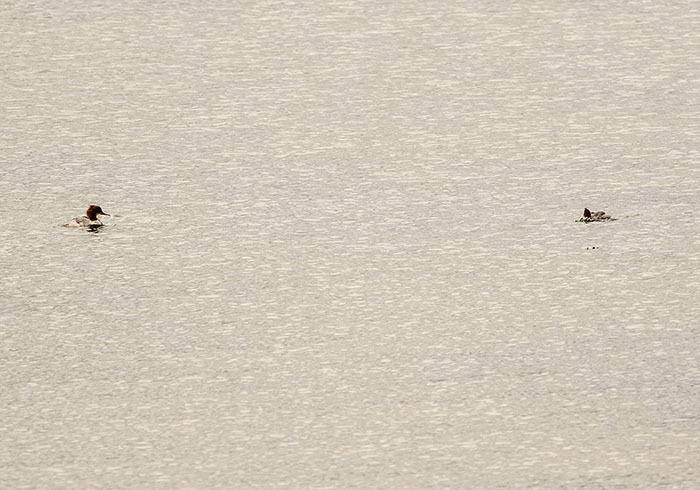
Poor picture, but I did see mergansers out to sea
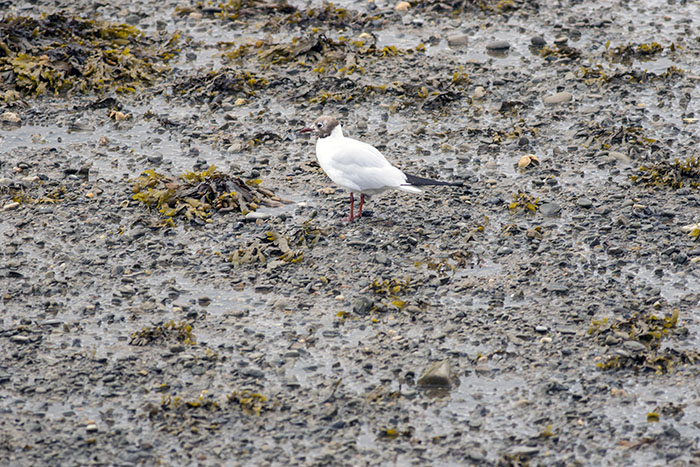
Black-headed gull, starting to shed its summer plumage
And wandering around the waterside were other birds that don’t get their feet wet:
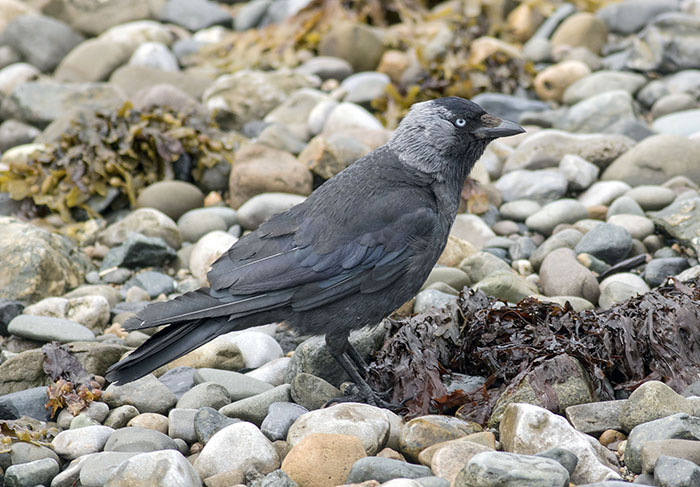
A jackdaw seeing what he can scavenge from the beach
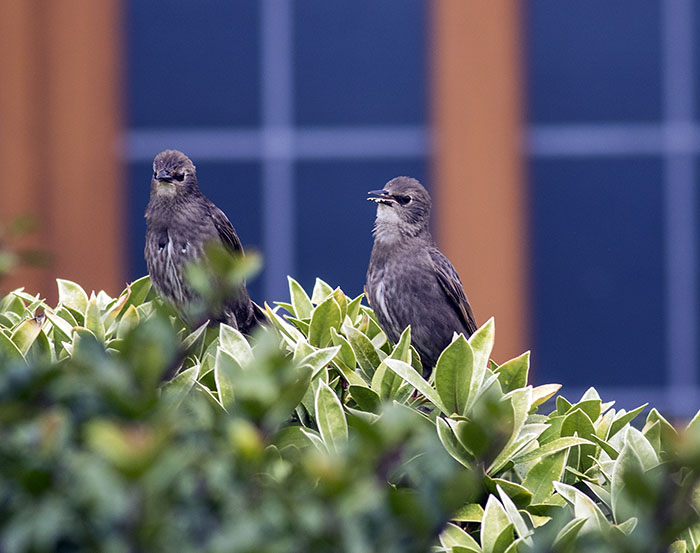
A couple of young starlings enjoying the morning sunshine.
We set sail for Puffin Island and fortunately the sea was reasonably calm, so the Quell I had taken proved to have been unnecessary. I say the sea was calm, but all is relative – it was certainly not what a photographer would wish for as we dropped and rose into the troughs and crests of the sea.
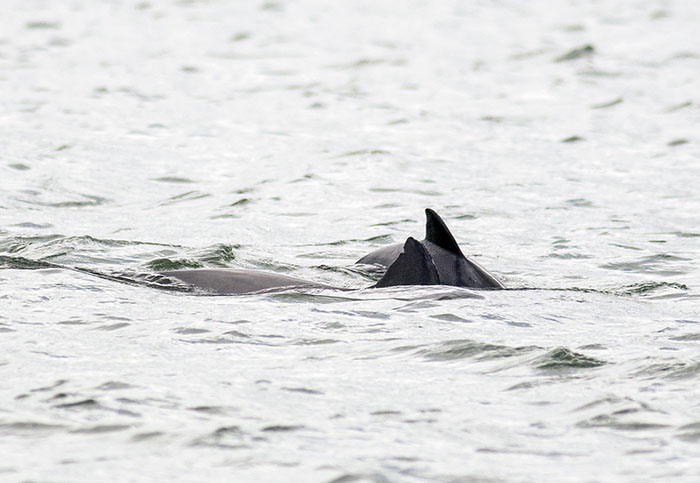
Porpoises, accompanying our catamaran as we left Beaumaris
As we sailed towards Puffin Island we saw both porpoises (near Beaumaris) and bottlenose dolphins (near Puffin Island), in different places as apparently they don’t get on too well together. It’s very hard to take pictures of these marine creatures as they come out of nowhere very suddenly, and you’re lucky if you have your camera even pointing in the right direction, let alone managing to focus it. Above, a couple of porpoises; we saw dolphins aplenty, but never managed to get the camera on them.
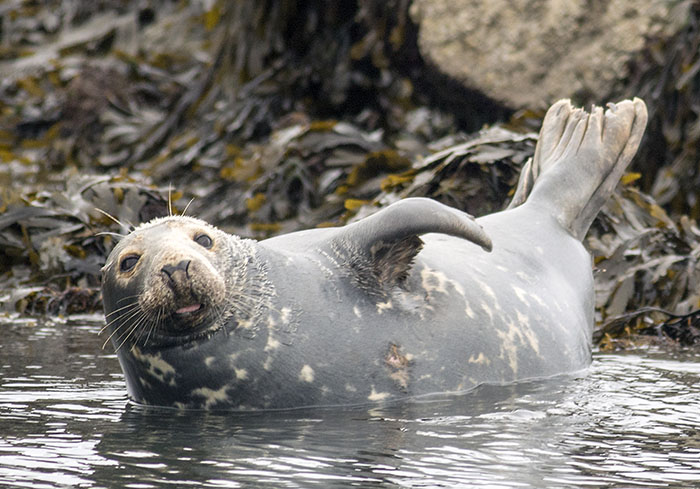
Who could fail to be moved by this loveable grey seal?
What we did see was seals, and lots of them, lazing around the rocks of Puffin Island, and keeping company with large numbers of sea birds: guillemots, razorbills, puffins (obviously), shags, cormorants, etc.
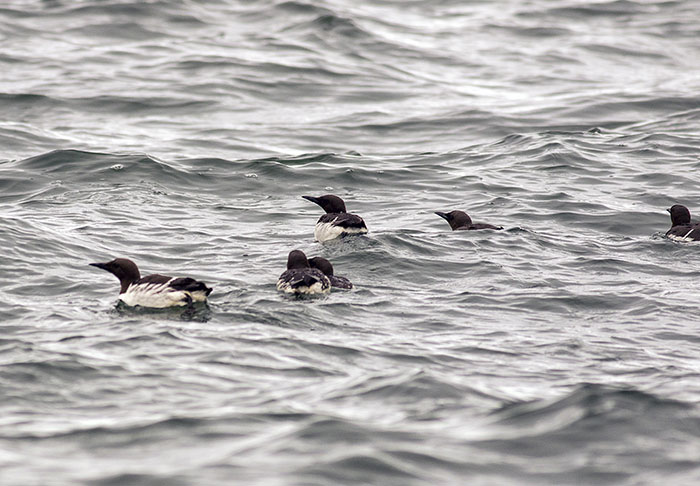
Guillemots floating on the sea around Puffin Island
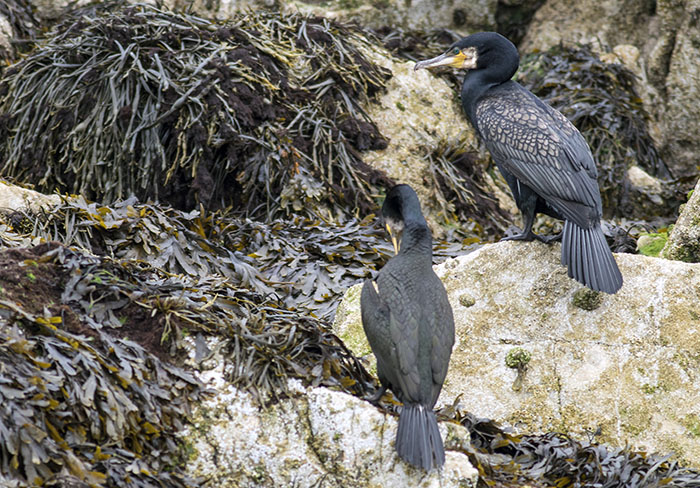
A couple of cormorants sharing the rocks with the seals and other birds
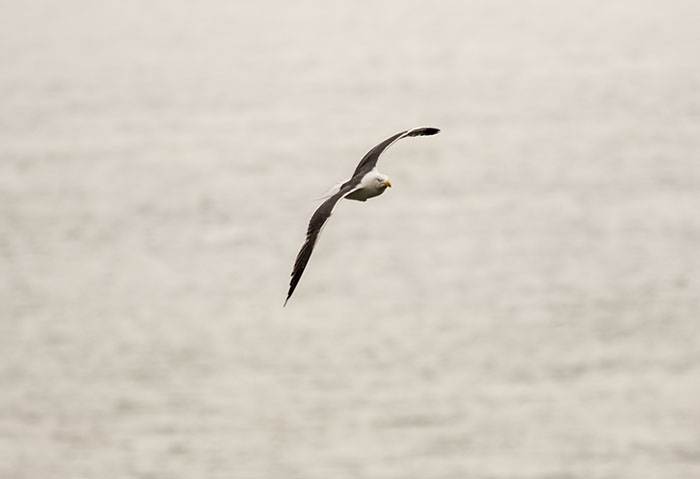
Gulls circled incessantly overhead, this one a lesser black-backed
A short walk back to the car in Beaumaris, and a final encounter with a young mallard:
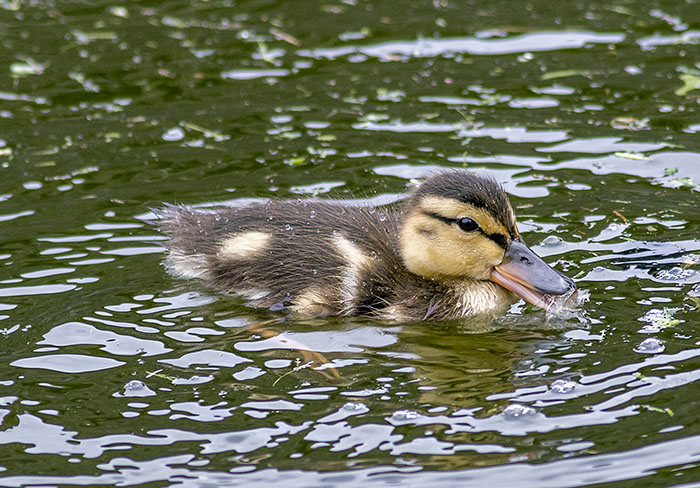
A pathetically cute mallard chick swimming in the moat of Beaumaris Castle
And so we set off to South Stack, on the other side of Anglesey, on Holy Island. Our aim was to see Choughs (a lifer for me), and it was a repeat journey as the last time I had been there the mist and fog had been so thick I could barely see my own feet.
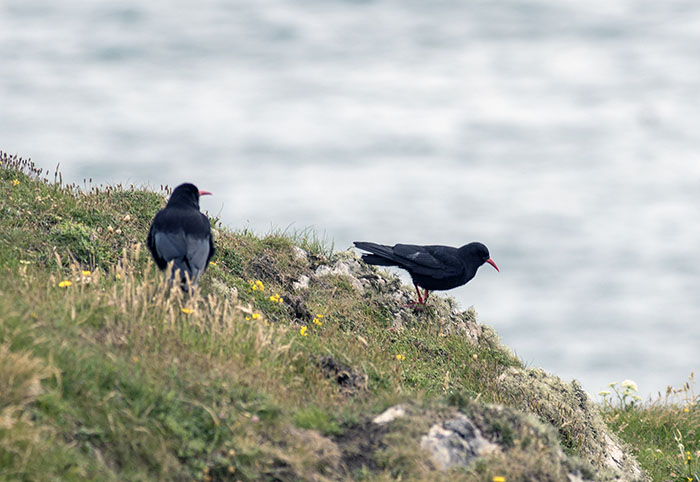
Choughs on the cliff tops at South Stack
There are not very many places in the UK where you can see choughs, but here on South Stack they are plentiful as the ground is ideal for their foraging style.
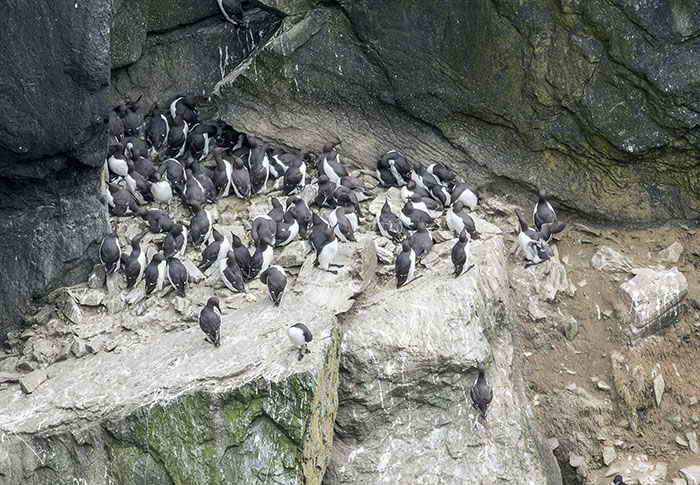
Razorbills on the cliffs at South Stack
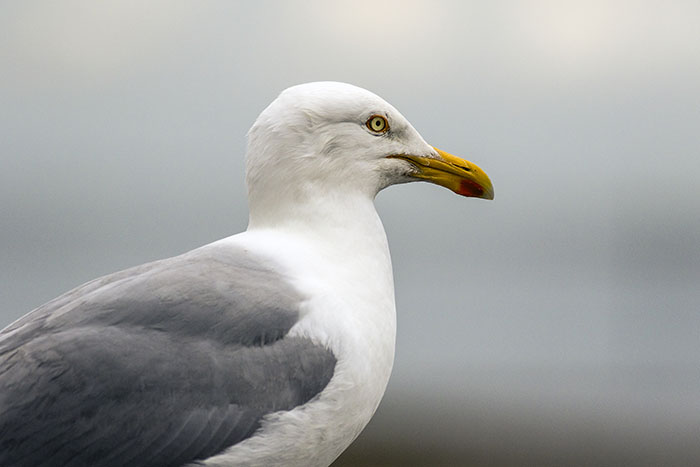
Close-up of a Herring gull at South Stack
We had come to South Stack with the hopes of seeing certain birds; choughs (of course), ravens, rock pipits, stonechats and linnets were on the top of our list. We saw all of these (except the rock pipit, which we certainly heard) but only managed to photograph a few:
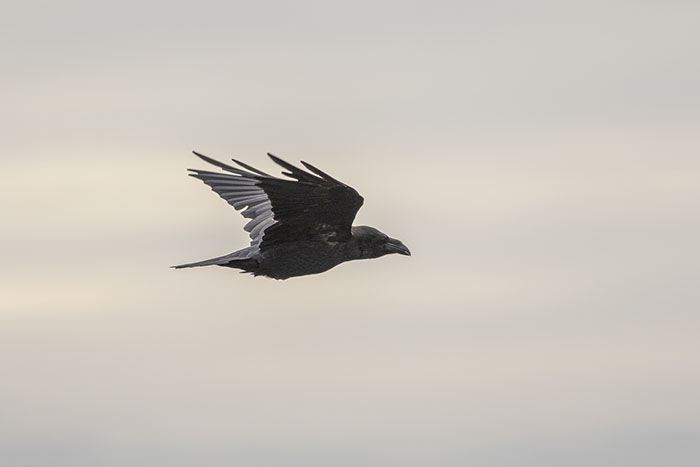
A juvenile raven flew over South Stack
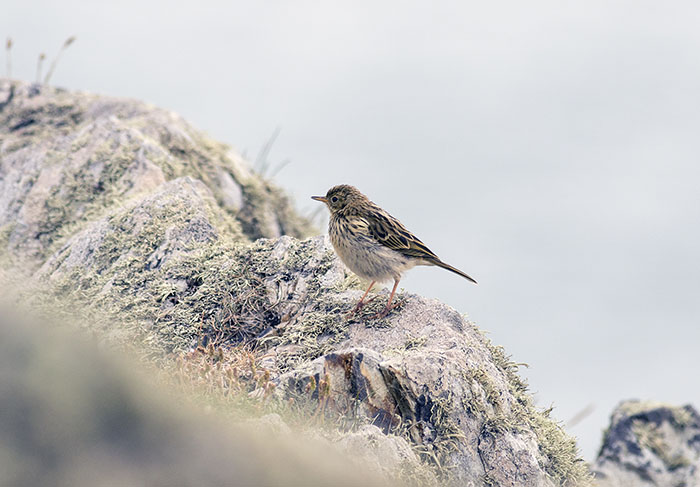
A pipit, but sadly a meadow pipit and not a rock pipit
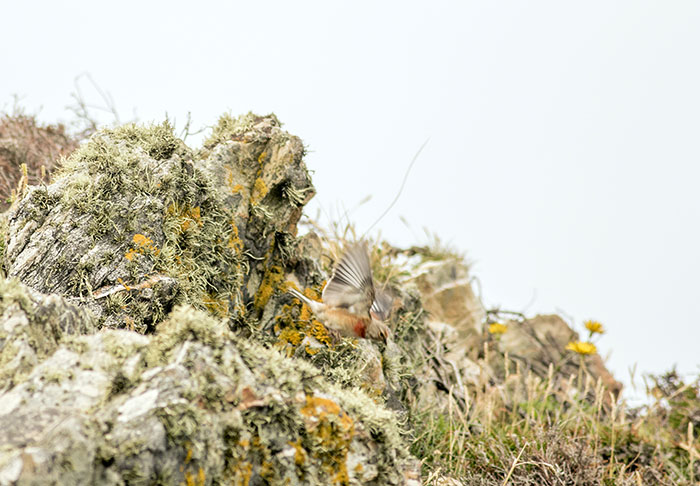
Poor photo, but just identifiable as a linnet in flight
And a bunny to boot:
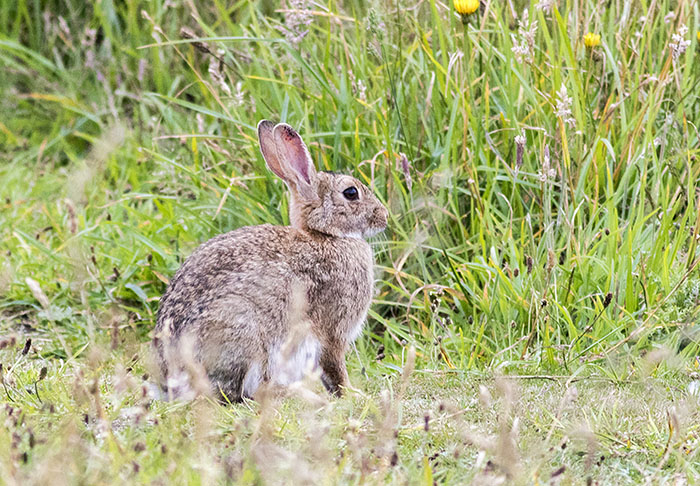
Rabbit frozen to the path, in the misguided belief no one can see him as long as he stays still
So, a lovely day, with a curious epitaph. We stopped for a bite to eat in Holyhead on the way home. The light had more or less gone, but as we got out of the car we saw a rook, calmly strutting his stuff around the car park.
The implication of this is that on one day we had seen all the English corvids: crow, rook, raven, jackdaw and chough. No hooded crows, but for that we’d have to go to northern Scotland or Ireland.




